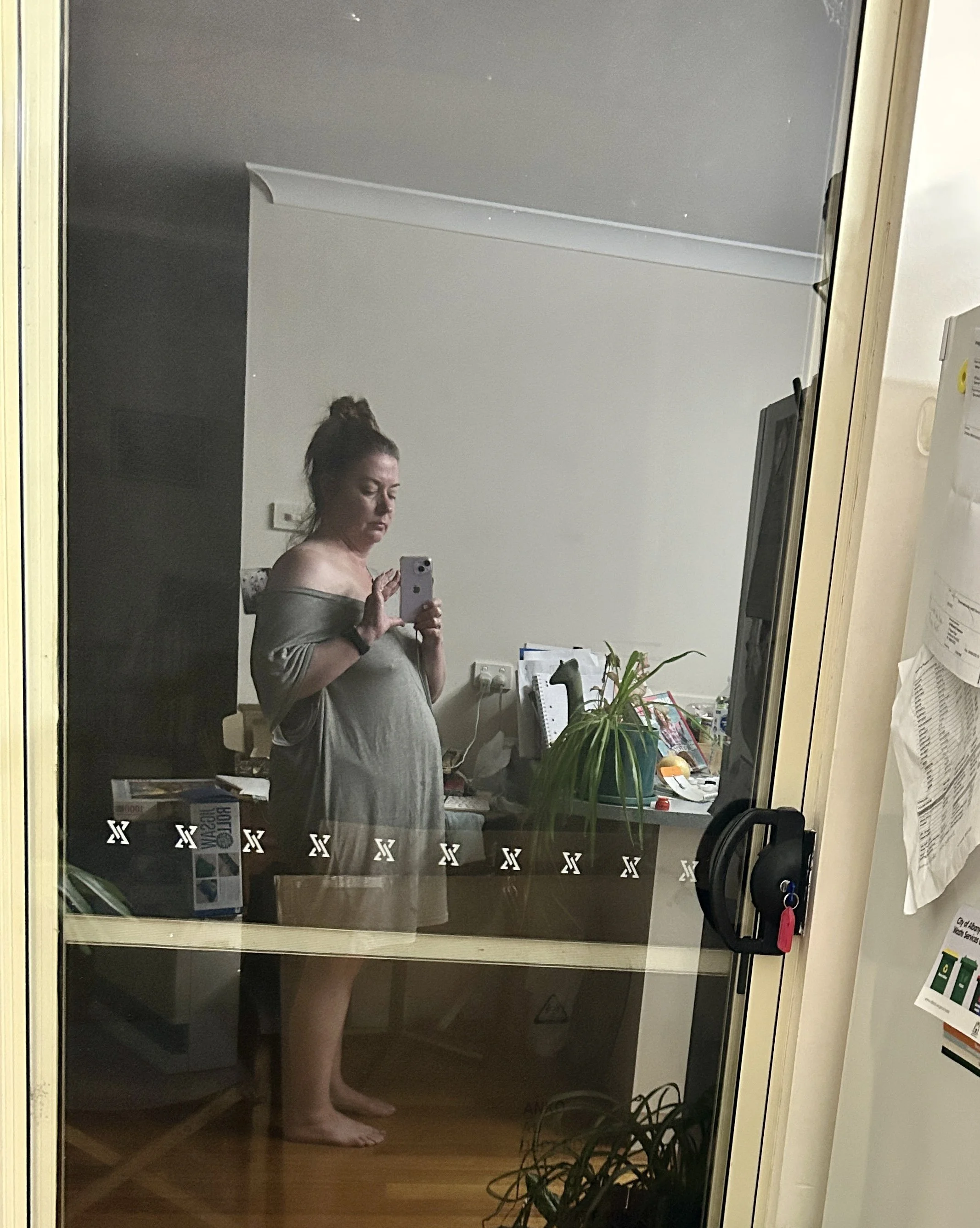Endometriosis Awareness Month: what you should know even if you don’t have endo
March is Endometriosis Awareness Month.
About Endometriosis
Endometriosis (or endo as it’s often known) is a condition where tissues similar to the lining of the uterus grow in other parts of the body. 1 in 9 women, girls and people assigned female at birth have the disease. It takes on average 6.5 years to get diagnosed because there are no tests or scans that show endo. The only way to confirm its presence is through laparoscopic surgery.
The symptoms include pain, fatigue, bloating, and often complications with the bowel & bladder. It can also affect fertility. Besides the physical effects, endo can make it hard for patients to experience a good quality of life due to the time, money, and mental health costs.
My personal experience with endometriosis.
I am an #endowarrior I have stage 4 endometriosis. I was originally diagnosed at age 35 after an endo growth the size of an orange on my ovary got infected. Doctors were worried it was cancer but it was endometriosis. It had taken about 7 years of misdiagnoses of irritable bowel syndrome and “just bad periods” to get to this point.
I have had 2 laparoscopic surgeries to remove the tissue, the second of which they had to remove my left ovary and fallopian tube. I used a Mirena IUD for many years. Then I had a hysterectomy at age 43 where they also removed my right ovary meaning I was instantly in menopause.
Only about 8% of people who have a hysterectomy for endometriosis will have a recurrence of the disease. I’m one of the lucky ones (I wish the luck had been used for a lottery win instead!)
I am currently navigating the endo world again since the symptoms especially pain, bloating, and fatigue resurfaced again last year. It’s hard because GPs often don’t have a good understanding of the disease.
Recently I found a great new GP and I’ve been prescribed some good pain meds for the bad days and got referrals for an ultrasound and to a gynaecologist. I’m feeling optimistic again.
An example of the bloating I often experience during an endo flare-up
How to be kind to yourself when you have Endometriosis
Firstly, I want to point out that these are things that have worked for me in my particular life situation and experiences with the disease. Endo is so different for everyone so my suggestions may not work for you or your loved one.
I have started telling everyone that I have endo. I used to be embarrassed because it related to female reproductive organs or “that time of the month”. In fact, when I was in my corporate job back in Sydney, every month on the first day of my period (which use to be gobsmackingly, eyewateringly painful), I had a full-day meeting with senior management about the part of the business that I ran. I would be in agony, and my brain would be full of fog, but I never told anyone because I didn’t want to seem different. I have told almost everyone at the library where I work now that I have endo. This means that on bad days there is understanding when I need to take an extra 10 minutes for a rest or just a kind word when I need it. And I don’t have the added burden of pretending that everything is alright.
Keep looking for a doctor that understands. It’s taken me a while to find someone who is being proactive for me and living in a regional area makes it that much harder. Even endometriosis specialists say it’s hard to find doctors who understand, especially in the rare situation I am in. So we must continue to be our own best advocates and not take no for an answer. This is very hard when you are in a lot of pain.
Adjust your expectations of yourself. I have realised right now that I can’t get as much done as I would like. Fatigue can be a sure sign that pain is on the way so I need a lot of rest. Plus, on the days that I experience pain, I can usually only do my work (library and teach yoga) and nothing else including cleaning and cooking. Sometimes my house is a mess and I eat less nutritious food because that’s all I can manage and that’s okay.
I have found exercise helps in the short term. I usually feel much better after a yoga class or teaching a Fit & Free online class. I guess the endorphins kick in and help with the pain. Often, a few hours later I am in a lot more pain especially if I have done some core exercises. But to me, the benefits of the workout are more important than the pain because I am looking after the rest of my body, and I’m going to be in pain anyway. That being said, sometimes I do cancel sessions if they feel too much for me.
Some practical things that have worked are a hot water bottle on my pelvis and I’m going to invest in a heating pad too. I take panadol and nurofen at the same time and have been given a script for something much stronger when things are really bad. Please speak to your own doctor about pain relief - this is not medical advice!
One thing I haven’t done (which a lot of people suggest) is significantly change my diet. Here’s why. I find restrictive food plans trigger me into disordered eating where all I think about is food. The potential anti-inflammatory benefits of a specific diet would be outweighed by the stress I’d feel about getting it right. Also, at this point in time there is no peer-reviewed evidence that a change in diet will work so I prefer to maintain my mental health. That being said, unless I am in the middle of a flare-up and don’t have the energy to cook, I eat a pretty healthy, balanced diet. I don’t drink anymore which would have increased inflammation. I’m doing what I can.
How you can help someone with endometriosis
You probably know someone with endometriosis as the condition is so common. Some people have fairly mild symptoms and can manage life pretty easily. Others (like me) need more help.
So here are some suggestions on how to show kindness to someone struggling with endo:
Check in with them from time to time and see how they are. It means the world to me when people ask how I’m doing.
Offer to help with cooking or a household task or to mind children. I’ve had friends and family bring me meals and it makes a huge difference to my physical and mental health.
Don’t offer advice unless it’s specifically asked for. I have done a lot of my own research and have seen a lot of doctors over the years so I know what’s right for me.
Don’t assume that all endo is the same. As the disease is so common people often know someone who has had treatment and everything is fine now, or who has gotten pregnant or gone through menopause and the disease has gone away. That’s not true for everyone so treat every person with endo as an individual.
Please visit Endometriosis Australia for info or to donate so research can be done for testing, less invasive treatments, and a cure.


